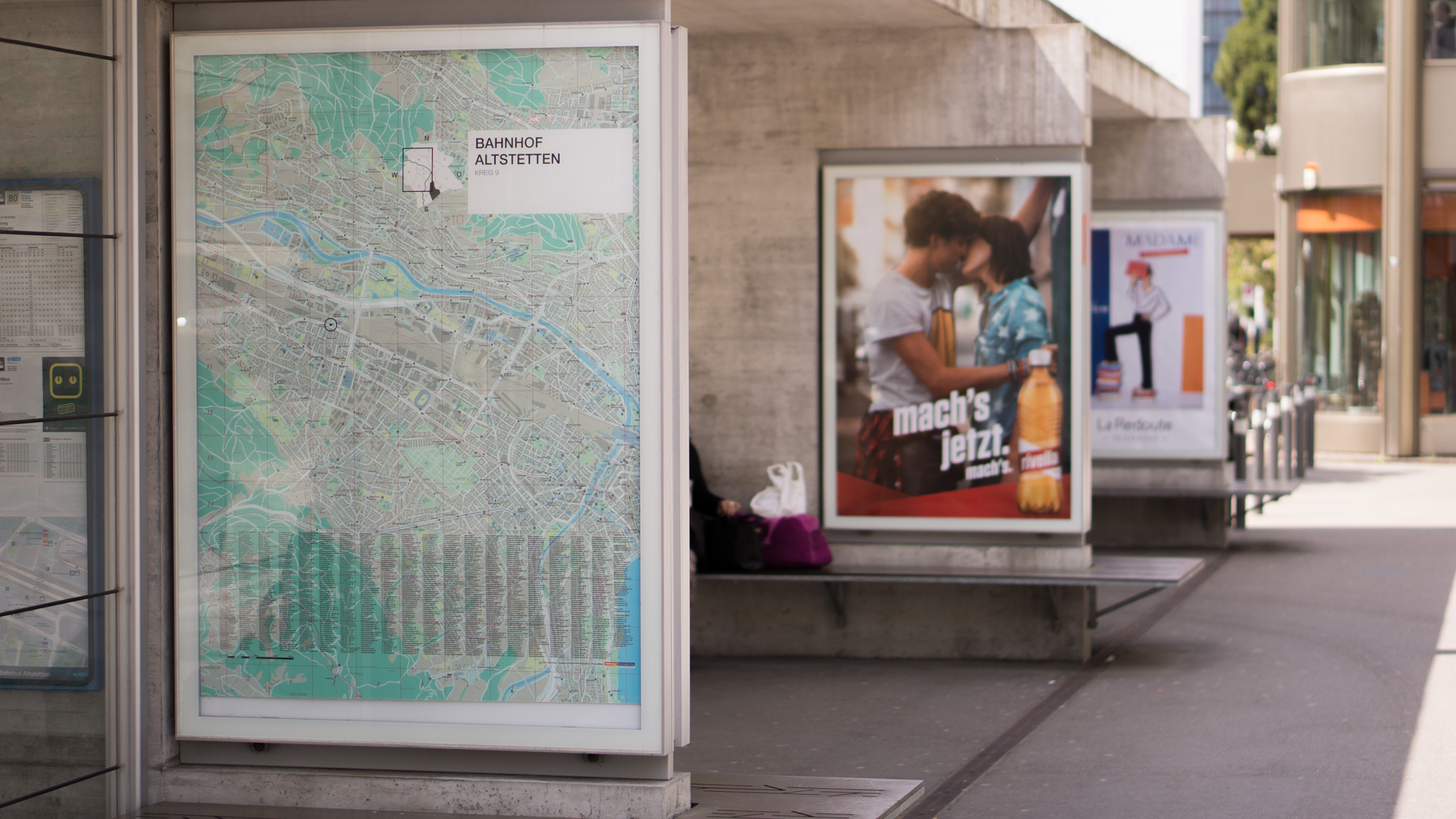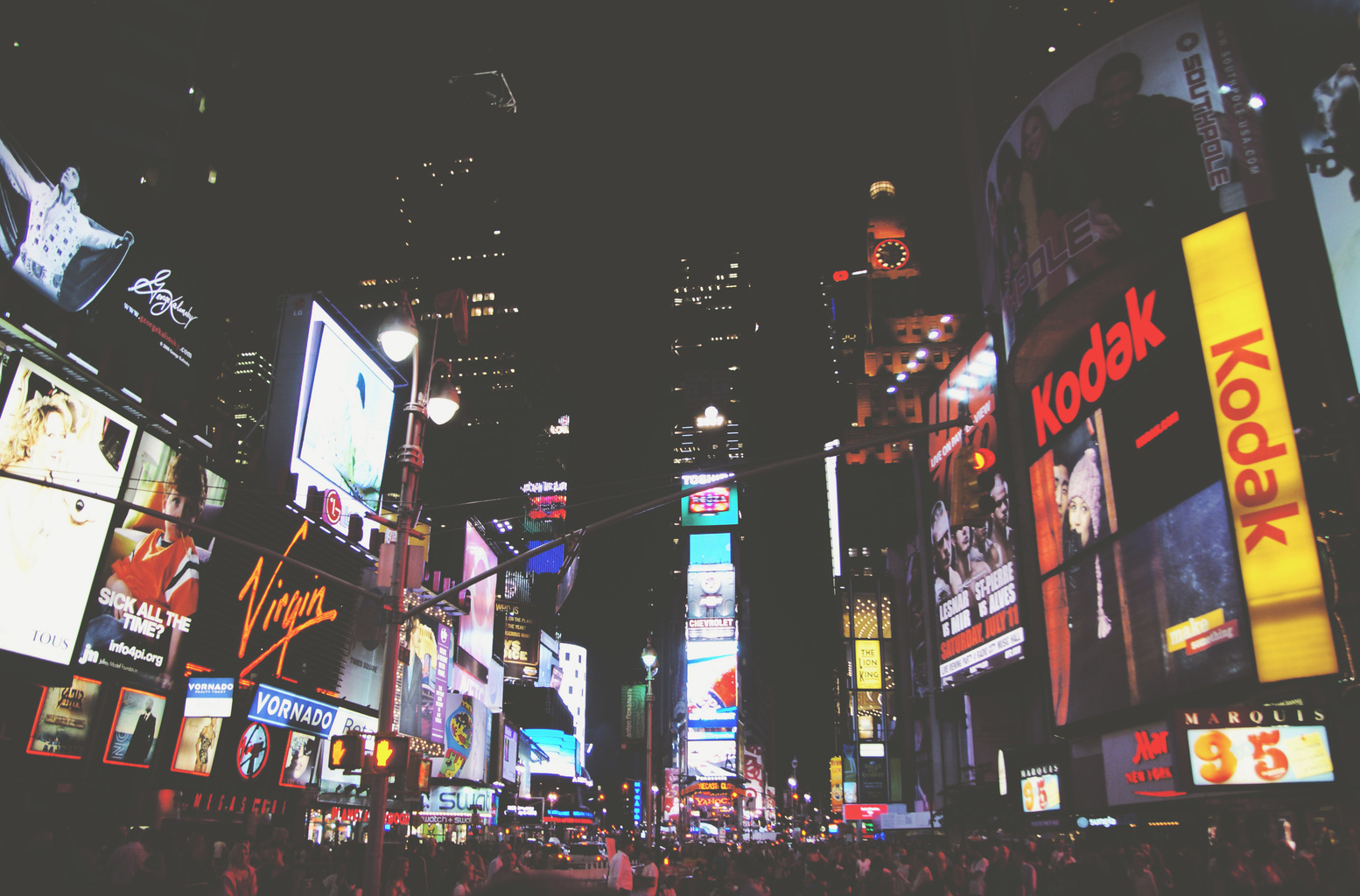DEFINING NATIVE ADVERTISING
Native advertising has become the newest buzzword in the marketing community. It is a growing field and, when used in the correct manner, is an effective way to build engagement between a brand and prospective customers. But, what exactly is native advertising? Despite its growing popularity, many people do not know what native advertising is, and often confuse it with content marketing.
But, what exactly is native advertising?
To clarify, native advertising is when a brand pays to promote online content through a third party media platform. These third party media sites often use non-traditional ad formats such as blog posts or infographics. The advertisements created on these platforms are non-disruptive. In other words, they are designed to fit into the natural flow and function of the third party media site.

Non-traditional ads are designed to fit into the natural flow and function of the third party media site.
In contrast, content marketing is a marketing strategy that creates and distributes content meant to draw the intention of a specific, and clearly defined, audience. In content marketing, the brand concentrates on owning media as opposed to paying for it.
THE BENEFITS
As the ways we consume and interact with media has shifted, so has the ways that we engage with brands.


There is a major shift in how consumers prefer learning about brands. In 2000 click rates for traditional banner ads were at 9 percent, now they are below 1 percent.
Brands needed a fresh, new way to promote themselves, and in response turned to native advertising. This transition has proved lucrative: People view native ads 53% more than traditional online advertisements, 32% of people will share native ads with friends and family in comparison to 19% for traditional ads, and purchase intent is 53% higher with native ads.
People view native ads 53% more than traditional online ads.
WHO IS USING NATIVE ADVERTISING?
A fine example of successful native advertising is GE. The GE brand designed a native advertising campaign with company Beeby Clark and Meyler. The campaign’s goal was to encourage consumers to share GE’s content within their social networks. The solution was “Sharing Healthy Ideas”; a campaign founded on the idea that “good health is contagious”.
GE created an application that allowed people to discuss and share their healthy stories. The application shows people the top shared articles and displays healthy conversation happening on twitter. It worked. The campaign reached 5.1 million people and resulted in 416,000 reaching record levels of engagement and brand impact.

GE’s campaign Sharing Healthy Ideas reached 5.1 million people. #nativeads

Another more recent example of successful native advertising is the company Under Armour. Under Armour used native advertising in their 2016 marketing initiative with Michael Phelps. They used online platforms (via complex) focusing mainly on video content.
Under Armour highlighted Olympian Michael Phelps’ intense workout routine in their advertisements. The painful-looking training process struck an emotional chord with the company’s consumers.

After watching the Phelps advert, 47 percent of the overall viewers felt inspired by Phelps’ routine, 68% of which were millennial men (Under Armour’s target audience). Under Armour’s authenticity of the advertisement hit home with the viewers.
Droga5 co-head of strategy Harry Roman explains that, "people connect…because [the advert] paints hard work and sacrifice with beautiful strokes, but does so in a way that is raw and real about what it takes to win”. The video content was a success! At the end of the video 78% of viewers were able to recall Under Armour as the advertised brand. According to data from Unruly the Phelps ad is the fifth most shared Olympics ad of all time.
What’s in store?
Native advertising is the new frontier for marketers, and seems to have a bright future. It might even provide a long awaited solution to the failing traditional online marketing strategies. There are many different ways to tell your story. Fabl can simplify your story creation and elevate your audience engagement. The Fabl platform is intuitive and simple. Your designers, project managers, and digital team can use Fabl without calling in any specialists, allowing for more time spent on the creative aspects of storytelling rather than the build out. Sign up today for a demo, and see for yourself.
70% of consumers want to learn about products through content, rather than traditional advertising. Elevate your storytelling with Fabl.

